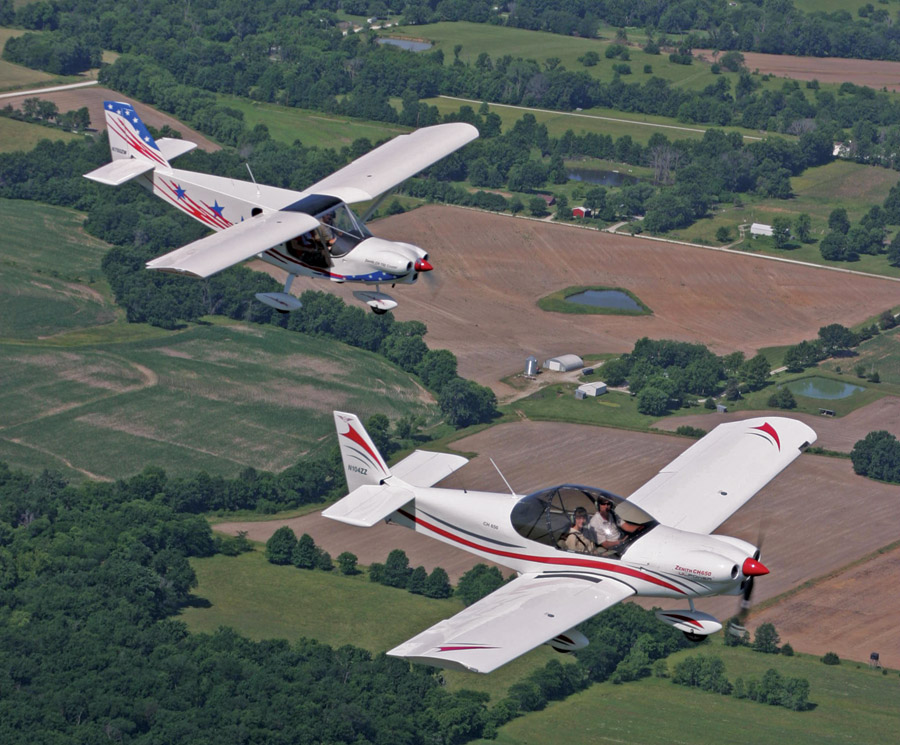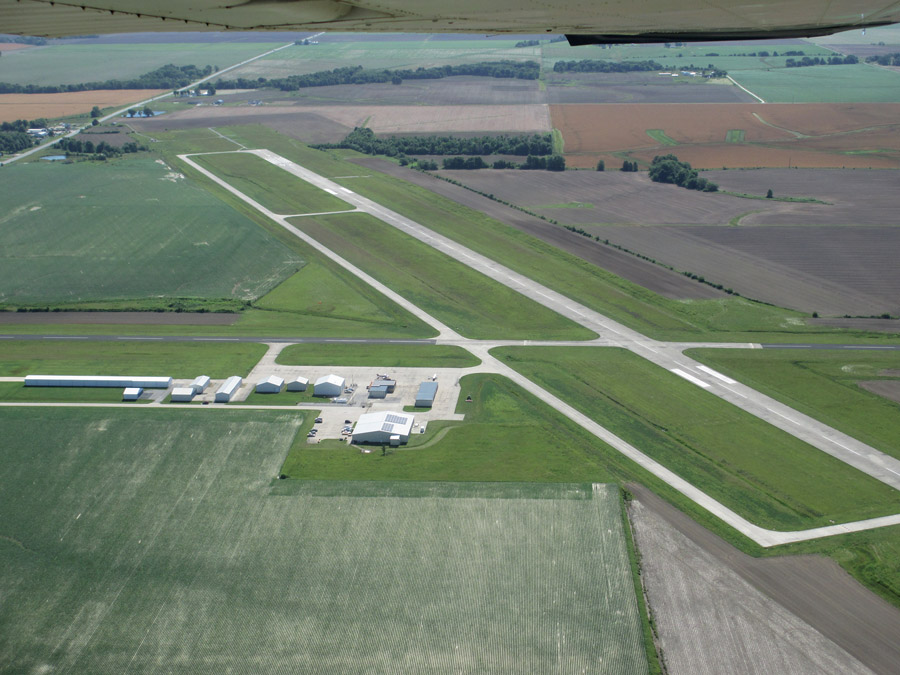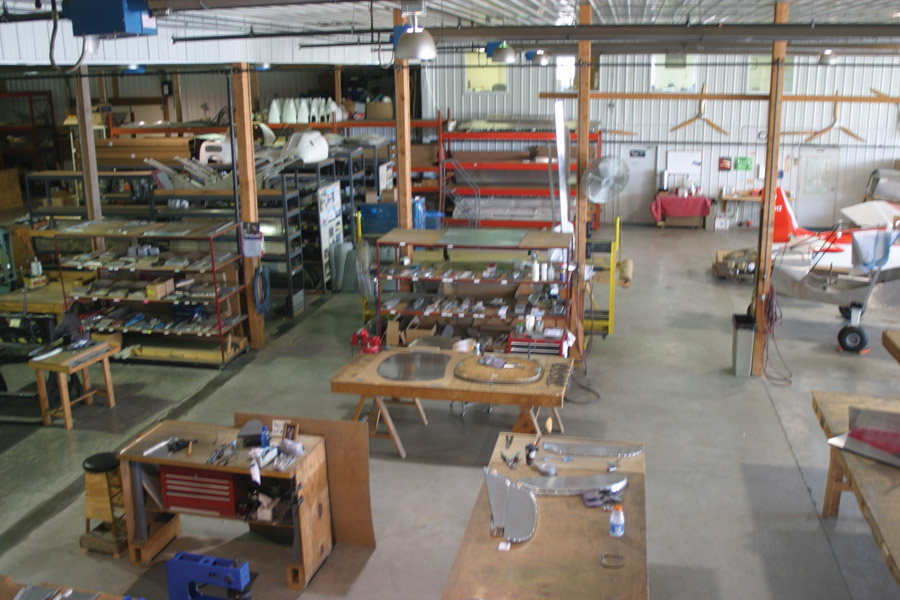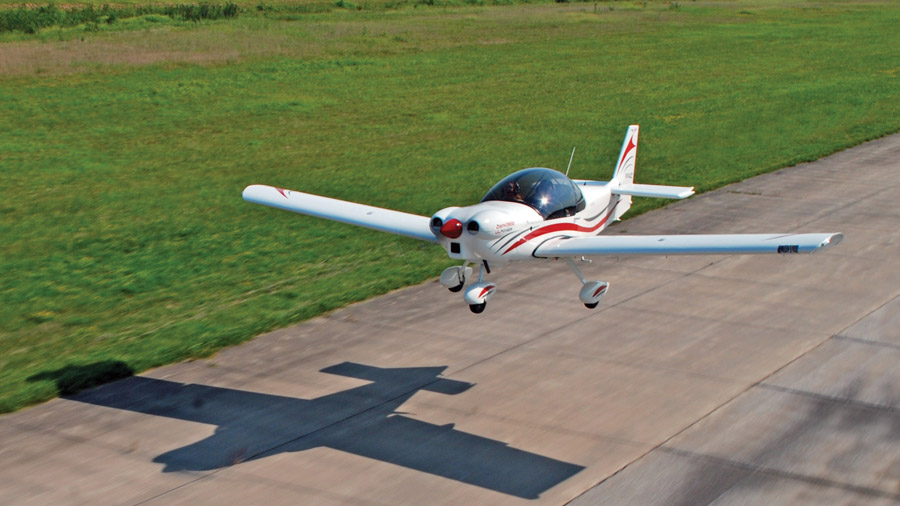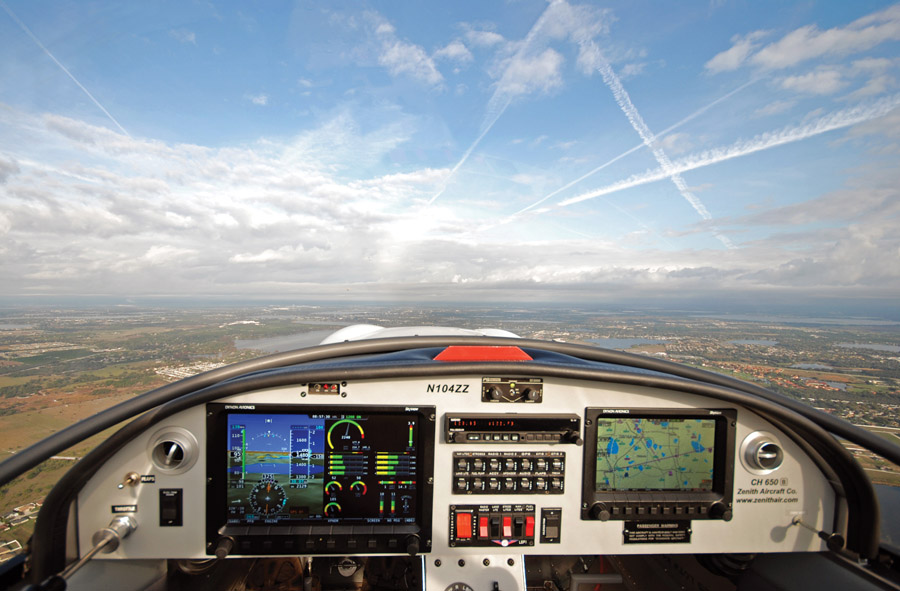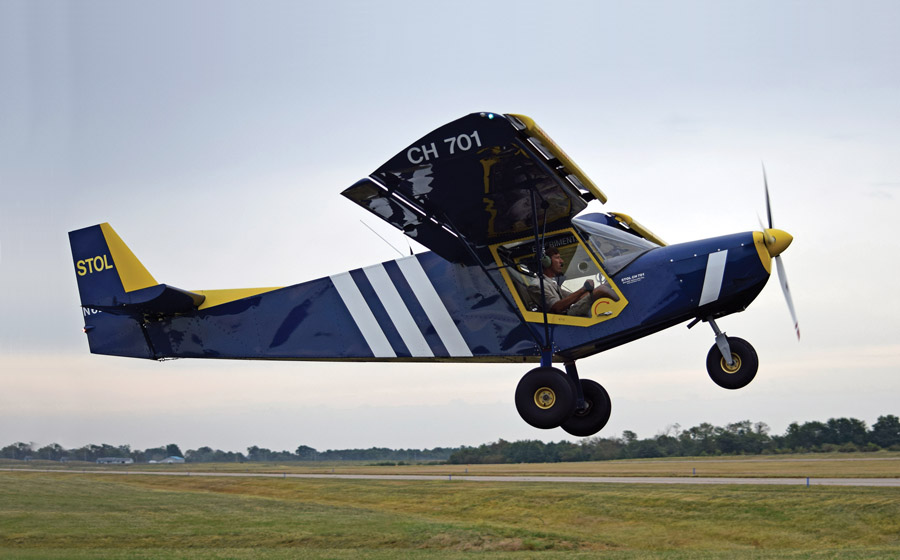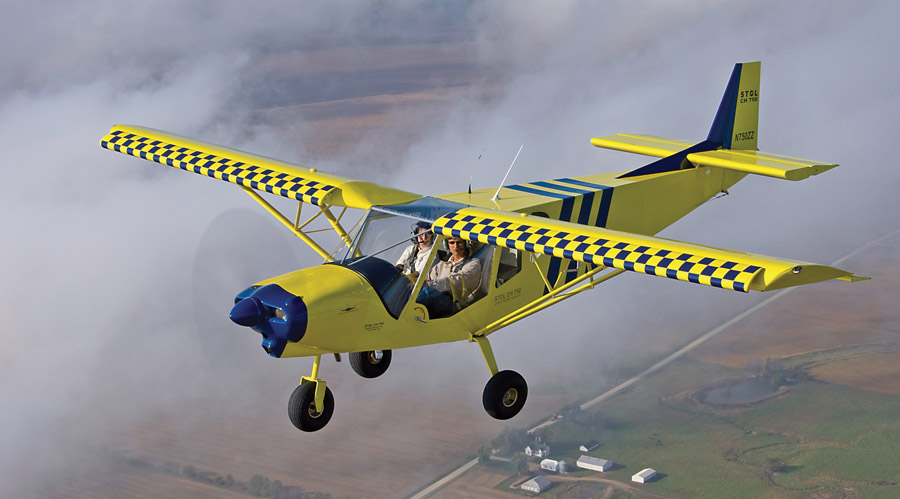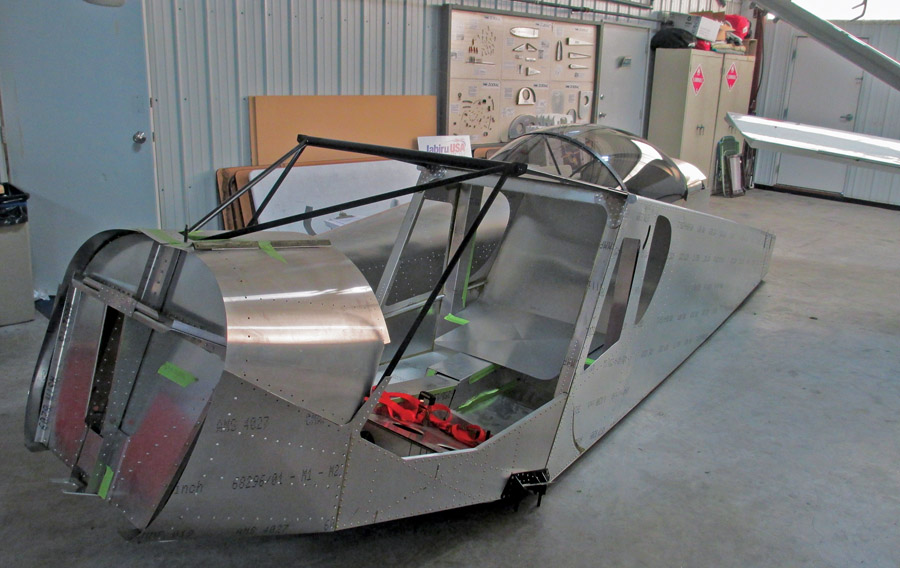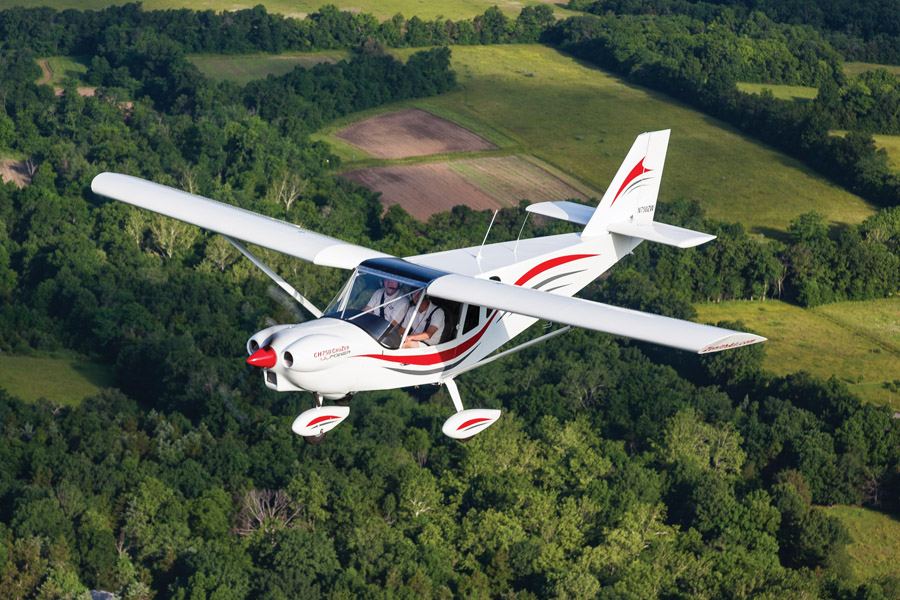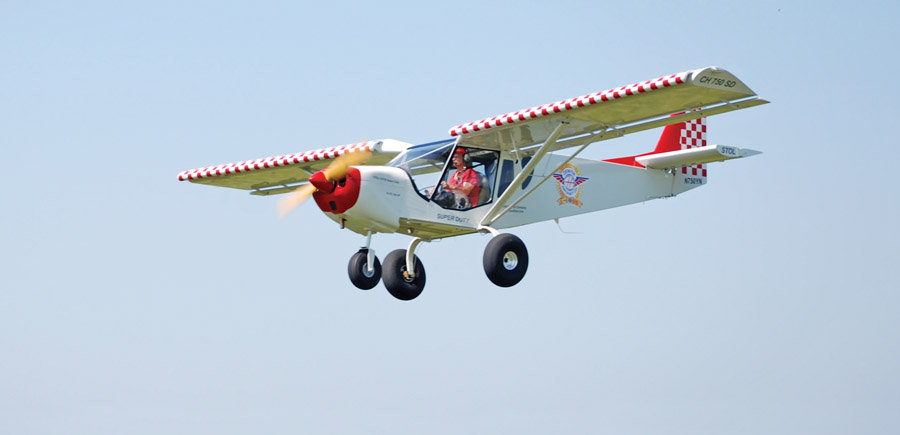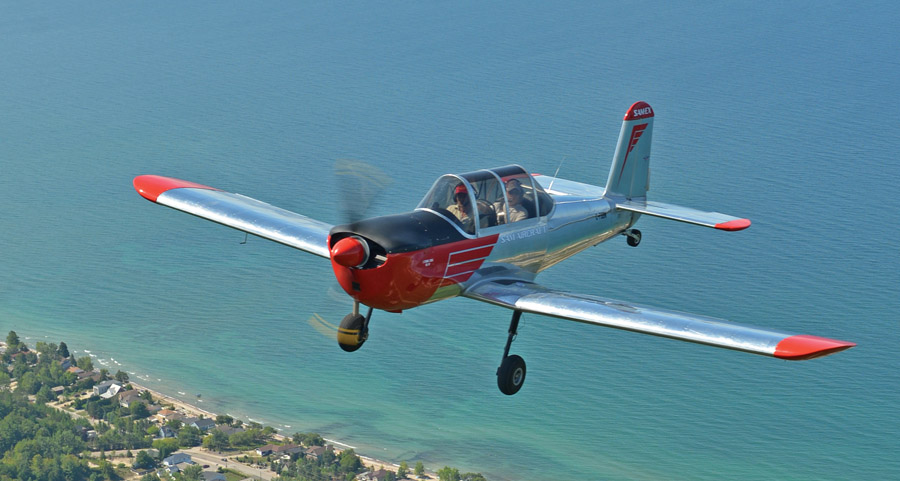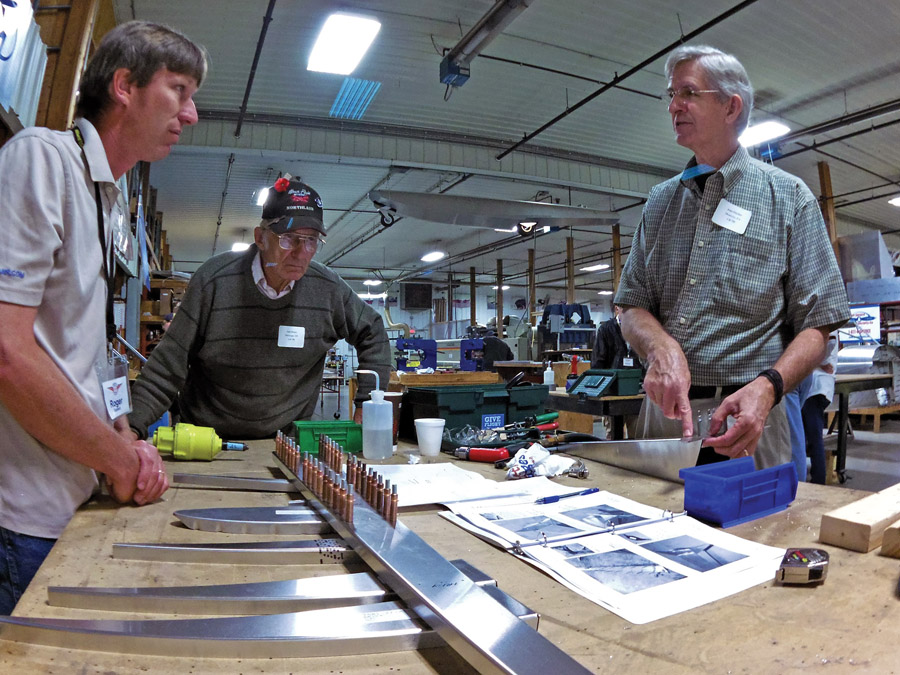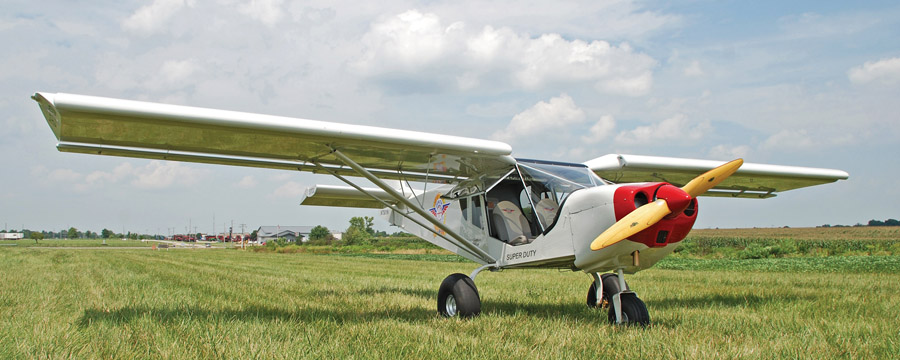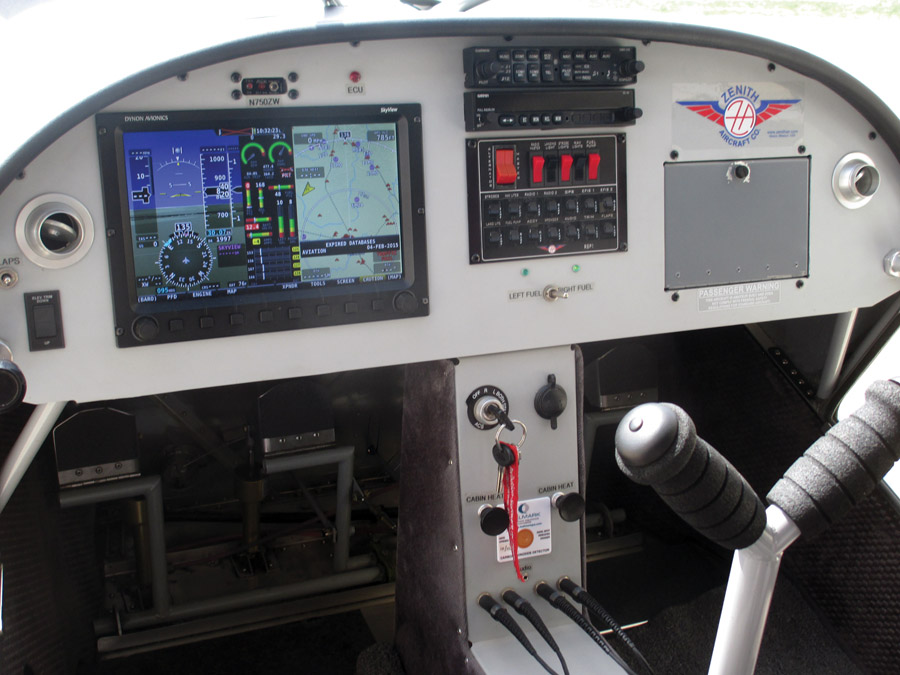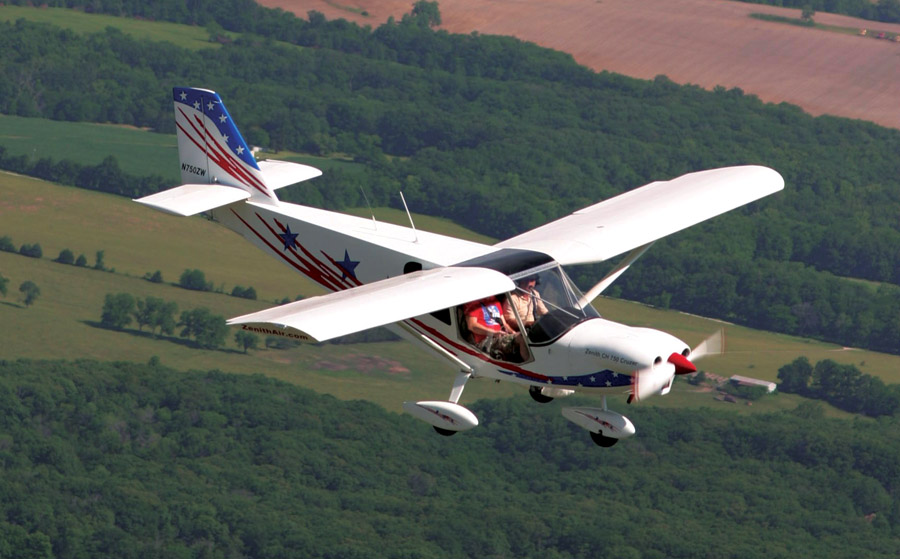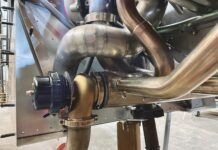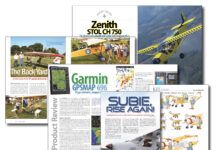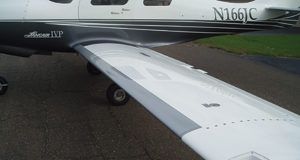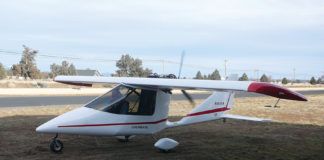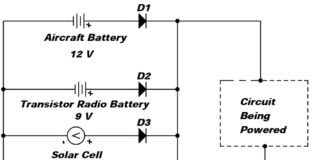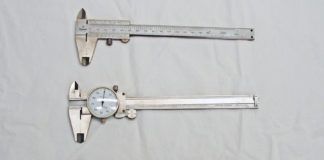“Can it really be?” I pondered. It seems like only yesterday that we were admiring Zenair Ltd.’s brand-new Mexico, Missouri, kit airplane production facility, which had just been opened 700 miles southwest of Zenair’s long-established Midland, Ontario, headquarters. Young brothers Sebastien and Nicholas Heintz had been posted to the U.S. frontier to establish the Zenith Aircraft Company. And now, 25 years later, I was back on the Mexico ramp, in front of a greatly expanded and modernized Zenith Aircraft plant, to help them celebrate their first quarter century. Time sure flies when you’re having fun.
Why Missouri, and why the small town of Mexico in particular? The original Zenair facility at Midland’s Huronia airport was running out of room by 1991, and it was determined that building a plant at a relatively unencumbered airport south of the border would solve a multitude of problems. Most of the Zenair kit components were obtained from U.S. suppliers, which added to the shipping costs when the kits moved back south, since about a third of the company’s customers were U.S. residents. If a convenient, cooperative location could be found in the Lower 48, it would improve service to many customers.
The announcement of a plan to establish a U.S. plant lit a fire in the Zenair builder’s newsletter, and a lot of supporters immediately started promoting a move to their own hometown airport. The company’s requirements were: a roomy but not overly busy airport, preferably in a rural setting; good transportation connections, both for shipping kits and obtaining aircraft-quality components; and support from a welcoming town, in the form of financing for a building. Mexico fit perfectly, situated on major highways about 90 miles northwest of St. Louis and offering two intersecting runways up to 5500 feet in length with no control tower. And the city was glad to have a jobs-providing industry move into town. As a quick glance at a map of North America shows, it couldn’t have been more centrally located for builders.
By mid-1992, the 8000 square-foot building was open for business. Production started with two kits, the CH 601 Super Zodiac low-wing two-seater and the CH 701 STOL high-wing utility plane. We reported on the new operation in the December 1992 issue of KITPLANES.
In the Beginning
Zenith Aircraft’s products are licensed from the founding company in Canada, Zenair, Ltd., started in 1974 by Chris Heintz. Heintz’s aircraft engineering background goes back to Arospatiale in France, working on the Concorde supersonic airliner program, and he was later chief engineer at Avions Robin, where he designed several certified light airplanes. In his spare time, he built his own all-metal two-place aircraft, named the Zenith by rearranging the letters from his last name. It was flown in 1969, and blueprints and construction manuals were soon offered to other builders. Chris Heintz describes himself as an engineer, not a craftsman, and he incorporated simple-to-build construction methods in his all-metal design, so it could be assembled using ordinary hand tools.
Heintz moved to Canada in 1973 to work for de Havilland of Canada on commuter airliners, and in 1974 he began manufacturing kit airplanes in his two-car garage under the Zenair Ltd. name. The success of his company soon led to over a dozen designs, resulting in the aforementioned expansion in 1992 into the Zenith Aircraft Company. In addition to the many CH-series kit airplanes, Heintz also designed the Alarus CH 2000, awarded an FAA type certificate in 1996, and the CH 601 XL, produced as a Light Sport Aircraft.
In all his designs, Heintz focused on simple, hand-tool construction, using 6061-T6 aluminum without complex curves, assembled with blind rivets set with a hand or pneumatic squeezer rather than driven rivets. He often displayed his quick-to-build kits at week-long airshows by having a gang of workers put together a flyable airplane while the show was in session. Those seven-day wonders were started and flown away at the end of the show, proving that many hands can make light work, if assembling the kit requires no special machinery or tools.
More than two dozen designs have now flowed from Heintz’s prolific drafting pen. His first marketed homebuilt was the CH 200, offered initially as a plansbuilt airplane, then sold as a kit. From there, low-wing and high-wing CH-series airplanes followed, taking advantage of ever-improving engine options and modern equipment. Now retired, Chris keeps busy, and he’s written a book titled Flying on Your Own Wings—a Complete Guide to Understanding Light Airplane Design.
Today’s Zenith Aircraft Company
Meanwhile, Zenith Aircraft has evolved from its humble start-up 25 years ago, now occupying an 18,000-square foot building and shipping kits of greatly enhanced ease of construction, compared with the boxes of raw materials supplied in the beginning. As the kits have grown more sophisticated, construction has become vastly easier and simpler, even though the Chris Heintz designs have always been builder-friendly. With CNC manufacturing and final-hole-size pre-drilled riveting holes, the parts fit together perfectly. More quickbuild options are now available, resulting in the ability to get into the air faster by using factory-built assemblies.
What this has meant, over the 25-year history of Zenith Aircraft, is that more and more builders are coming to E/A-B kit construction with no prior experience in fabricating parts and using tools. By offering building workshops at the factory, Zenith Aircraft has introduced its easy-to-assemble concept to novices, showing them that they can indeed build their own airplane, and thereby attracting newcomers to homebuilding. When the company started, most builders already knew what was required and simply ordered full or partial kits to support their project.
Today, customer support for these first-time kit builders takes on a different aspect than it might have a quarter century ago. Zenith looks upon this as a great opportunity to grow the industry, getting more individuals into the air with affordable aircraft. Zenith products are flying worldwide, often used in utility roles where expensive turbine-powered planes would be unattainable. General aviation, and especially recreational flying, is a relatively new concept across much of the globe, and Zenith’s products are a perfect way to introduce personal flying.
Onward And Upward
Any well-run company pays homage to its history, but focuses on the future. The opportunities presented by today’s enhanced-capability computer-aided design and manufacturing allows management to consider future product development in creative ways, to satisfy an ever-evolving market. In this regard, Zenith Aircraft is working hard to advance its position.
As Sebastien Heintz explained, Zenith kits supplied 25 years ago consisted of excellent-quality materials, but were more rudimentary in terms of finished parts. Back then the box held sheets of 6061-T6 aluminum, bags of rivets, and preformed ribs requiring drilling and riveting. Gradually, more and more prebuilt parts became available; builders found that it made more sense to just buy a factory-made part than fabricate one themselves.
Zenith’s CH 750 quickbuild fuselage assembly is a popular option that saves builders a tremendous amount of time.
An early adopter of CNC manufacturing, Zenith now designs and builds airplanes “on screen,” initially using 2D design software and now designing with the SolidWorks 3D programs. The kits being supplied today have exactly matching skins and parts, with the holes for riveting already provided. All the builder has to do is set the part in place, Cleco it together, and fill the holes with rivets to finish each assembly. No prior experience is necessary, and the instructions are actually easy to follow.
This superior designing capability means, as Heintz said, much more prototyping work has to be done at the design level, which means it takes longer to get a new kit to market. It will be a much more complete and readily-assembled kit, compared to the days when an initial prototype was built quickly, leaving the details to be figured out subsequently. While the wait is longer, it’s worth it, since the kit will be finalized before going into production. Only with modern design software can such detail be achieved.
At minimum an estimated 3000 CH-design airplanes are flying. The completion rate is high because of the ease of construction. Sebastien Heintz estimates well over half of the kits sold will be completed, even though some will change hands over the years.
The Latest Zenith
Announced at EAA AirVenture was a new “Super Duty” heavyweight version of the STOL CH 750. Its concept is to beef up the CH 750’s structure to reach a wider audience. The original STOL CH 750 was targeted at the 1320-pound Light Sport Aircraft weight limit, but with the arrival of the BasicMed certification option, it’s possible that many individuals who have given up their third-class medical to fly as sport pilots can certify under BasicMed and fly heavier airplanes.
To create the CH 750 SD, the CH 750’s wingspan was increased by 43 inches, boosting wing area to 162 square feet, with a proportionally larger tail. The new Zenith STOL kit will be able to gross at 1900 pounds (2200 pounds for the floatplane version) and accommodate engines up to 205 hp, like the IO-375 from Aero Sport Power installed in the prototype. The CH 750 SD will have a third seat available, installed in the already-capacious 200-pound capacity baggage area.
Similar to the STOL CH 750 but powered by a much larger engine, the new STOL CH 750 “Super Duty” is the latest Zenith design.
The prototype CH 750 SD is fitted with a unique “unpanel,” produced by Avilution, featuring a 17-inch free-standing screen with an integrated avionics display. Mounted on an adjustable arm, the display can be swung over to either side of the cockpit, centered, and pulled close or pushed away as desired. All the traditional instruments, controls, and smaller displays are replaced with the single massive 17-inch display; by removing the panel bulkhead, the CH 750 SD reportedly achieves helicopter-like visibility. Conventional round gauges remain an option.
Powered by a 180-hp Lycoming, the SAM-EX features tandem seating, a removable canopy, and retro styling.
Sampling the Process
To introduce its concept of building all-metal airplanes using simple hand tools, Zenith has expanded its long-established two-day workshop program, in which a limited number of prospective builders are shown how to construct an actual rudder using matched-hole parts of 6061-T6 aluminum, solid-core Zenair pulled rivets, and readily available tools. These workshops are now being held monthly, on a Thursday and Friday schedule, and are limited to roughly 20 attendees, frequently made up of husbands and wives or fathers and sons. Some workshoppers come from outside the U.S. The purposes of attending are to satisfy curiosity (“Can I do this?”), see how difficult the tasks are to perform (“This is easier than I thought”), and take a demo flight in an airplane they are considering building (“This flies like a real airplane”).
Roger Dubbert (left) of Zenith Aircraft assists a student at a factory workshop for first-time kit builders.
Originally sited at the Mexico, Missouri, factory, the workshops are now going on the road; in 2017, two workshops were held at the Sebring, Florida, U.S. Sport Aviation Expo, one before the show opened and another after it closed. The first European workshop was held at Nancy in northeastern France.
Zenith Aircraft’s production schedule calls for one kit to be shipped every working day, with roughly 18 employees on duty. The six products, STOL CH 701, STOL CH 750, STOL CH 750 SD, CH 750 Cruzer, CH 650 Light Sport, and SAM-EX, make up an excellent mix of choices. As we found when we flew the CH 750 Cruzer, the growing popularity of simpler construction and usable cross-country performance appeals to a broad spectrum of builders. Product support is an important part of the kit-buying decision, and Zenith has an excellent track record, working with many first-time, inexperienced builders.
I don’t know where I’ll be in another 25 years, but I’m fairly sure Zenith Aircraft is going to right beside the end of Runway 6 at Mexico, Missouri’s airport. The airplanes will be similar, but different, staying with Chris Heintz’s philosophy of easy-to-build, hand-tool construction.


